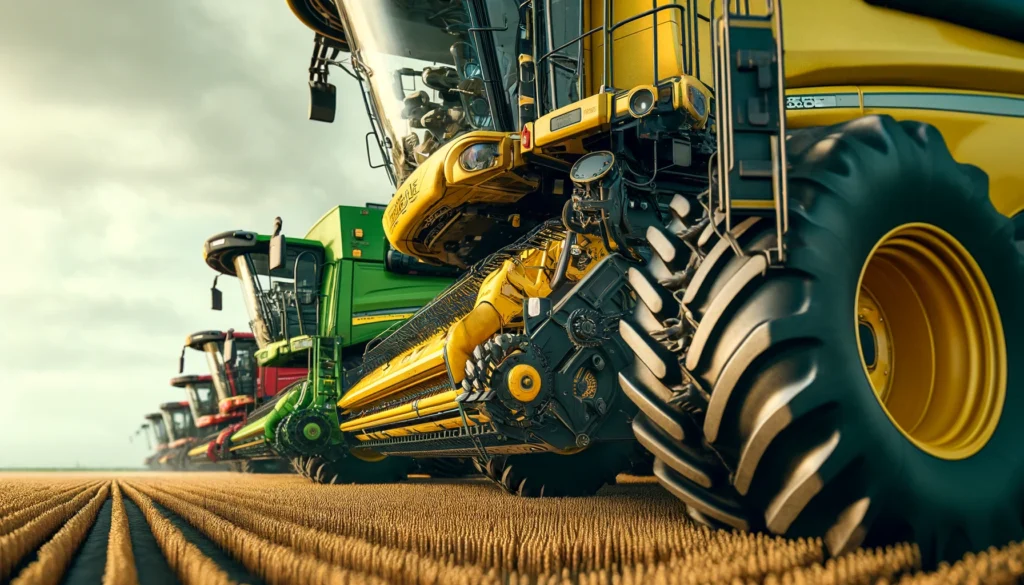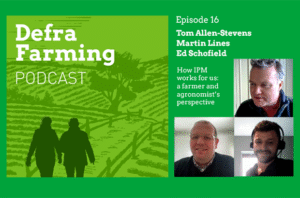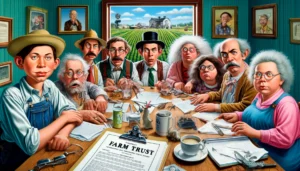
Harvesters agricultural machinery A close up shot of various harvesters on a farm. The focus is on the detailed features of the harvesters including a bright yellow harvester a green.webp.webp
Definition: Harvesters
Harvesters are agricultural machines designed to efficiently gather crops from fields. These machines streamline the harvesting process by cutting, threshing, and cleaning crops, significantly reducing the labor and time required compared to manual methods. Harvesters are essential for large-scale farming operations and are used for a variety of crops, including grains, corn, soybeans, and root vegetables. Modern harvesters are equipped with advanced technology such as GPS guidance, automated controls, and real-time data collection, enhancing their efficiency and precision.
Harvesters: An In-Depth Guide
Introduction
Harvesters are critical machines in modern agriculture, providing the power and efficiency needed to gather crops quickly and effectively. This guide explores the different types of harvesters, their features, and best practices for their use and maintenance. Understanding these machines’ capabilities and applications can help farmers optimize their harvesting operations and improve overall productivity.
Fall off the barn roof and busted your keister? Life on the farm or ranch can be tough on the bum. Need a break? Laugh it off at FarmerCowboy.com, the #1 farm humor site. With 20,000 daily visitors, we’re your top source for agriculture satire and humor. Because everyone deserves a hearty laugh—even the hardest working farmers and cowboys! Join us and turn those long days into fun tales at FarmerCowboy.com.
Types of Harvesters
Harvesters can be categorized based on the type of crop they are designed to gather:
1. Combine Harvesters
Combine harvesters are versatile machines used for harvesting grain crops such as wheat, barley, oats, and corn. They perform several functions simultaneously, including reaping, threshing, and winnowing, making the process highly efficient.
2. Forage Harvesters
Forage harvesters are used to cut and chop forage plants like grass, alfalfa, and corn silage. These machines are essential for producing feed for livestock.
3. Potato Harvesters
Potato harvesters are specialized machines designed to dig up potatoes from the soil and separate them from the dirt and debris. They are also used for harvesting other root crops like carrots and beets.
4. Sugarcane Harvesters
Sugarcane harvesters cut sugarcane stalks and strip the leaves, preparing the cane for processing. These machines are vital for large-scale sugarcane farming operations.
5. Cotton Harvesters
Cotton harvesters are used to pick cotton from the plants. They come in two main types: spindle pickers and stripper harvesters, each designed for different harvesting conditions and crop varieties.
Key Features of Modern Harvesters
Modern harvesters come equipped with various features to enhance their functionality and efficiency:
1. GPS and Precision Farming Technology
GPS technology and precision farming systems enable harvesters to perform tasks with high accuracy. This includes automated steering, variable rate application of inputs, and real-time data collection for better management.
2. Automated Controls
Automated controls and sensors help optimize the harvesting process by adjusting settings based on crop and field conditions. This increases efficiency and reduces operator fatigue.
3. High Capacity
Modern harvesters are designed with high capacity to handle large volumes of crops, improving productivity and reducing the time required for harvesting.
4. Ergonomic Cab Design
Harvesters feature ergonomic cabs designed for operator comfort. They include adjustable seats, climate control, and easy-to-use controls, reducing operator fatigue and increasing productivity.
5. Advanced Threshing and Cleaning Systems
Advanced threshing and cleaning systems ensure that crops are harvested cleanly and efficiently, reducing waste and improving crop quality.
Benefits of Using Harvesters
Investing in quality harvesters offers numerous benefits:
- Increased Productivity: Harvesters enable farmers to gather crops more quickly and efficiently, reducing the time and labor required for harvesting operations.
- Precision Agriculture: Advanced technology in modern harvesters allows for precise harvesting and better management of fields, leading to higher yields and reduced waste.
- Reduced Labor Costs: Harvesters reduce the need for manual labor, lowering labor costs and increasing overall farm profitability.
- Enhanced Crop Quality: Advanced threshing and cleaning systems improve the quality of harvested crops by reducing damage and contamination.
- Operator Comfort: Ergonomic design and automated controls reduce operator fatigue, allowing for longer hours of operation and increased productivity.
Best Practices for Harvester Use and Maintenance
To maximize the benefits of harvesters, consider the following best practices:
1. Regular Maintenance
Perform regular maintenance to keep harvesters in optimal condition. This includes checking fluid levels, inspecting moving parts, lubricating components, and servicing the engine and threshing systems.
2. Operator Training
Ensure that all operators are properly trained in the use of harvesters and their attachments. Training improves efficiency, safety, and the lifespan of the machinery.
3. Use Appropriate Settings
Adjust harvester settings based on crop and field conditions. Using the appropriate settings enhances efficiency and reduces crop damage.
4. Monitor Fuel Efficiency
Keep track of fuel consumption and implement practices to improve efficiency, such as maintaining optimal engine speeds and reducing idling time.
5. Adhere to Safety Guidelines
Follow all safety guidelines and manufacturer recommendations when operating harvesters. This includes wearing protective gear, using safety features, and ensuring the machine is in good working condition before use.
Case Study: Successful Use of Harvesters
The Lopez Family Farm
The Lopez family operates a 1,500-acre grain farm. They invested in a fleet of modern combine harvesters equipped with GPS technology and advanced threshing systems. Key elements of their success included:
- Precision Farming: Using GPS-guided harvesters, the Lopez family achieved precise harvesting, reducing crop loss and improving yields.
- High Capacity: The high-capacity harvesters allowed the family to complete their harvesting operations quickly, reducing the time and labor required.
- Regular Maintenance: The family implemented a comprehensive maintenance schedule, ensuring their harvesters remained in excellent condition, minimizing downtime and repair costs.
- Operator Training: All harvester operators received thorough training, improving safety and efficiency on the farm.
Results
The Lopez family’s investment in modern harvesters led to significant improvements in farm productivity and profitability. The use of precision farming technology contributed to better crop management, higher yields, and cost savings, ultimately supporting the long-term success of their farming operation.
Conclusion
Harvesters are essential machines in modern agriculture, providing the power and efficiency needed to gather crops quickly and effectively. By investing in quality harvesters, implementing regular maintenance, and utilizing advanced technology, farmers can enhance their operations and support sustainable farming practices. Understanding the different types of harvesters and best practices for their use and management is crucial for maximizing the benefits and ensuring the long-term success of a farm.
How Knowledge of Harvesters Can Help Farmers
Understanding harvesters helps farmers make informed decisions about machinery investments, maintenance, and upgrades. Knowledge of different types of harvesters and their uses enables farmers to optimize resource use, enhance productivity, and ensure the safety and welfare of their workers and livestock. This understanding also supports sustainable farming practices and long-term agricultural success.
Resources for Further Reading
To further explore harvesters and related agricultural machinery topics, visit the following resources:

Originally posted 2020-05-24 08:29:46.
Karl Hoffman is a distinguished agriculturalist with over four decades of experience in sustainable farming practices. He holds a Ph.D. in Agronomy from Cornell University and has made significant contributions as a professor at Iowa State University. Hoffman’s groundbreaking research on integrated pest management and soil health has revolutionized modern agriculture. As a respected farm journalist, his column “Field Notes with Karl Hoffman” and his blog “The Modern Farmer” provide insightful, practical advice to a global audience. Hoffman’s work with the USDA and the United Nations FAO has enhanced food security worldwide. His awards include the USDA’s Distinguished Service Award and the World Food Prize, reflecting his profound impact on agriculture and sustainability.





Too funny, had to share! ??
Farm.FM is like a good cup of coffee—strong, smooth, and it shuts up the grumpy folks online.